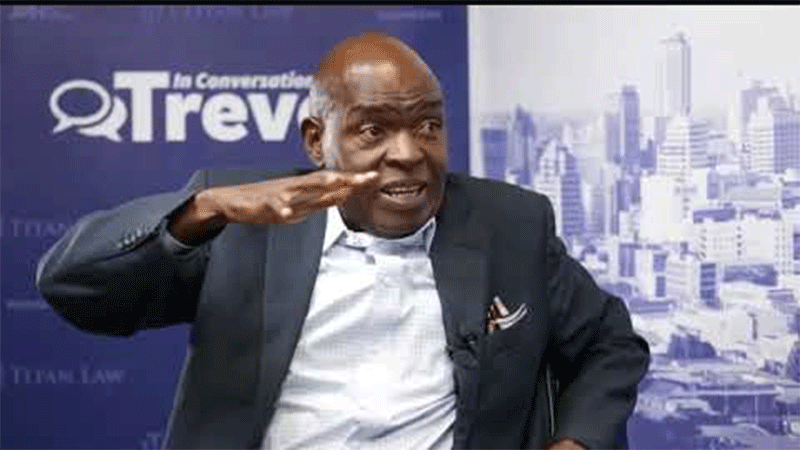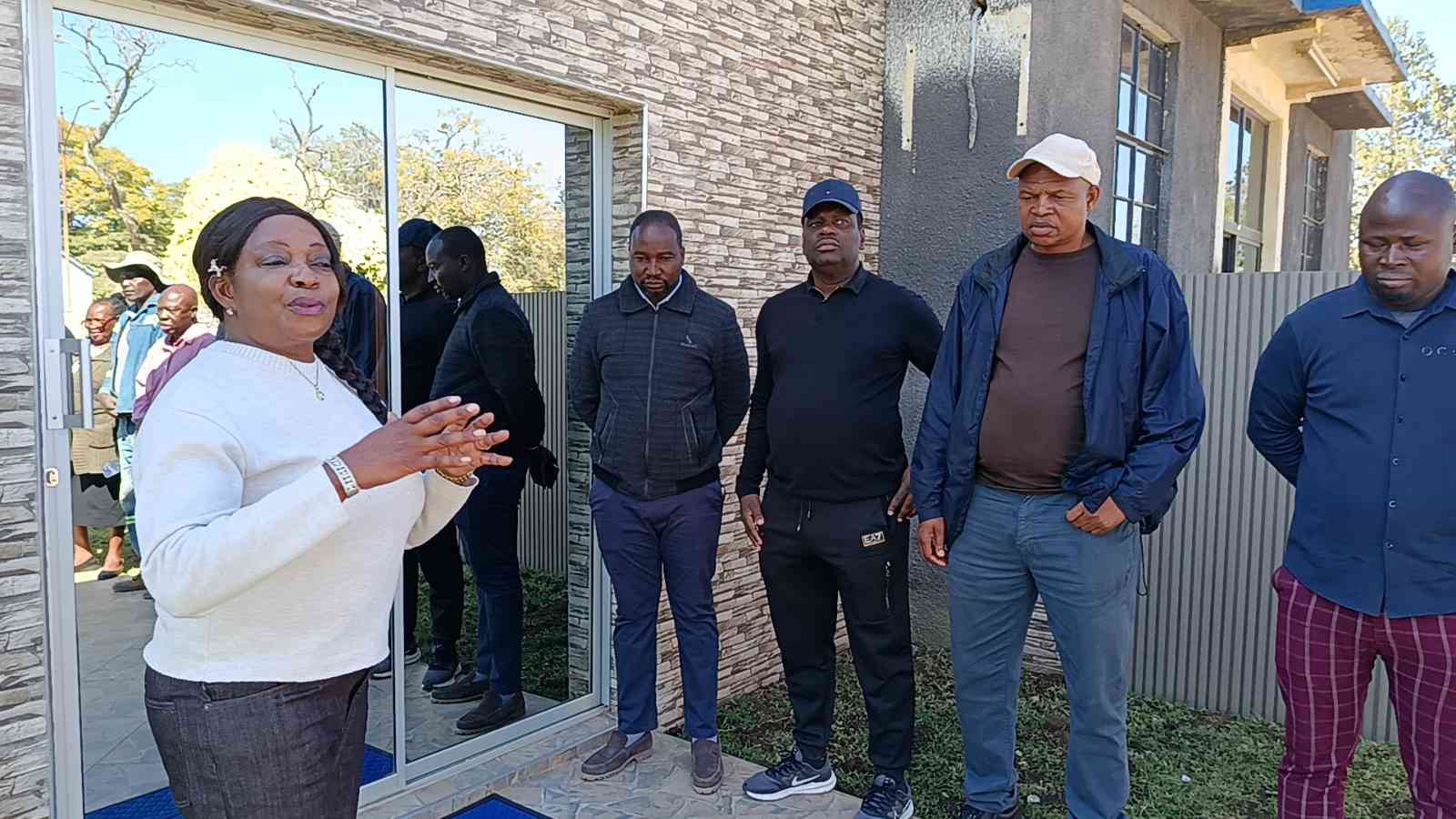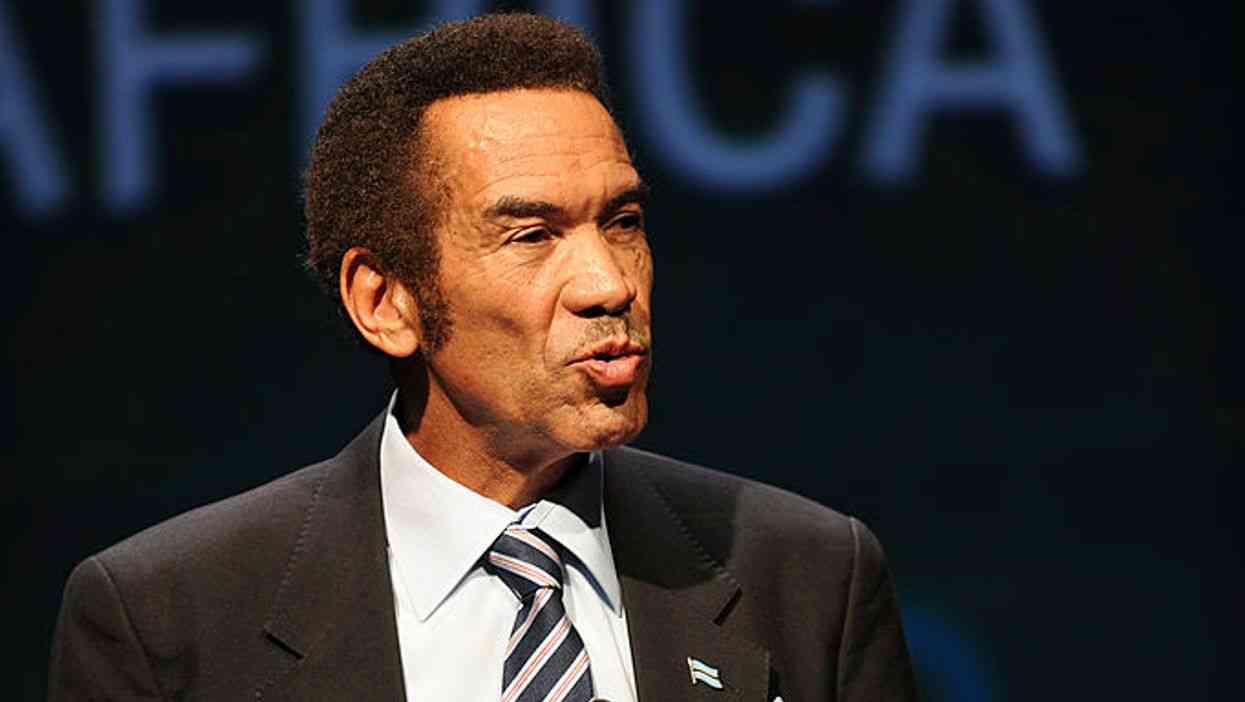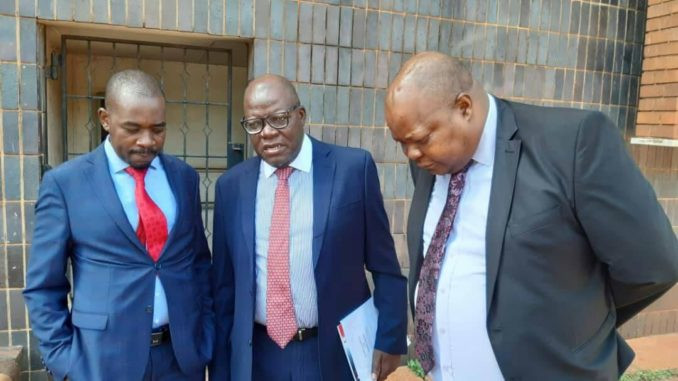
Nestle Zimbabwe chairman Kumbirai Katsande has revealed how the popular locally made cereal Cerevita was created.
Katsande (KK) told Alpha Media Holdings chairman Trevor Ncube (TN) on the talk show In Conversation With Trevor, that creation of the product remains one of the highlights of his career in business.
He also spoke about how Netstle was forced to stop buying milk from former president Robert Mugabe’s Gushungo Dairies following a global outcry.
Below are excerpts from the interview TN: Kumbirai Katsande, KK as I am going to call you throughout the conversation, welcome to In Conversation with Trevor.
KK: Thank you, Trevor.
TN: You are the first person that we are having a conversation with in the studio since Covid-19 and we have tried to make sure that the space is sanitised.
Talk to me about how Covid-19 has affected you, your work space, your work environment and your routines, that kind of stuff.
KK: I think to a large degree it has been not too difficult because I am out of what I might call executive management right now, sitting on boards and it’s mainly meetings.
- Chamisa under fire over US$120K donation
- Mavhunga puts DeMbare into Chibuku quarterfinals
- Pension funds bet on Cabora Bassa oilfields
- Councils defy govt fire tender directive
Keep Reading
So we have just adopted these other platforms you know, Zoom meetings and so on.
So I have not been so much affected as some, who need to be on the call, face meeting staff and so on.
So I would say nothing too onerous.
TN: Your life, for me going through your bio, is hugely inspirational.
When I was looking at your bio, I was like this is the life of one man, but there is something that stands out, KK, and that you are Mr Cerevita, people do not know that.
You actually led the team that created Cerevita.
There isn’t a country that I have gone to in the region that people do not talk about Cerevita.
I know Zimbabweans in the diaspora, each and every time they would come home before Covid-19 they would take Cerevita with them or ask family to send Cerevita to them.
Talk to us, KK, about the inspiration to creating this brand, the team that created this brand with you.
KK: So that is something quite so close to me, Cerevita, it’s an amazing product.
When I came back from Jamaica, I had been with Nestle in Jamaica.
In 1992 I had a boss in Switzerland called Alex Yost.
He said to me: “We need a new product, something that is going to be big.
“So when you give me your monthly report which is a one pager, I want one paragraph. Which are going to be your new products?
“What you are doing? You can fail or succeed, but we need a new product.
“Our future is in new products so you know you can’t keep writing. We are trying, that’s just not on.”
So I looked at the market at the time. We had imported brands coming into the country and this is work I did personally with my marketing background to look at them, to map the market and look at the opportunities with some very competitive guys at the factory.
Martin Mutambanengwe, on one hand, had done food science at one of the local universities here so we went to work to see how we could use the equipment we have, the capacity we have and the eating culture of our people at the time.
So a breakfast cereal. When I did the map it was clear and I also listened to consumers what is it that they don’t like about existing offerings on the market because one thing I learnt in marketing is that marketing is about looking for the gap, identify the gap and satisfy it.
I think we identified the gap and we said let’s go for it.
All effort was behind Cerevita and, of course, you know with Nestle world and research, people in Switzerland, they help you with which ingredient, how to treat it in the factory and so on.
A lot of work had been done at the Nestle factory here and in the Nestle world there is something called the Zed Line and the Zed stands for Zimbabwe and this was something to do with special technologies for processing cereals, which was the Zed Line that was done before I joined Nestle and really 94, 95 we were on the market and the rest is history as they say.
TN: It must make you feel very proud. Well, you are retired now, walking across airports, travelling across East Africa, over Europe and seeing Cerevita on the shelves.
KK: Oh, it does. I remember my last days when I was working as a manager at Nestle here, we were getting calls from airport authorities, customs people in the UK, at Heathrow saying: What is this?
What do you put in this product? We are taking tonnes and tonnes of this product in the UK and yesterday I was talking to the lady who is now running this and she was telling me even in Australia there are people asking for it.
You know in Canada somebody said they visited a Chinese shop and they found Cerevita there.
I feel quite proud about that product and I think my challenge was I thought I would launch another product after Cerevita.
Well, it didn’t happen, but I am hoping there could be an opportunity to do something.
TN: Then you did something bold when you helped Nestle, when they faced the pressure from the then first family forcing them to buy milk from Gushungo Dairies and you managed to ensure that Nestle remained 100% owned.
What was that experience like for you and what did it teach you?
KK: That was an interesting time in my management career because certain things in life tend to be clear; things to do, you kind of feel it in the gut, especially in a crisis or complex situations.
Your gut tells you, listen that’s the thing to do.
Not to say it’s easy, but your conscience is clear.
That’s how I handled the situation. I was chairman of the company at the time, but now spending much time on this issue such that we agreed that I should go back into management, which was okay, but to some great extent it was not okay because these large companies move with speed, do things that are not yet in textbooks whether in marketing or in finance .
For me, it was a matter of principle to say, do we have a contract with this supplier?
And no, we didn’t have a contract. What does the company rule say about the contract and that was clear.
So I said let’s do that and tell the president that, that is the situation and he did understand.
We got word to him that we couldn’t.
You know what happened at the time, there was a white farmer who had a journalist friend at the Telegraph in London and when he came here he found out that Nestle was buying milk from the first family and it got into the newspapers.
So the CEO of Nestle was visiting London and it hit him in the face.
As the chairman, I got a call to say pull the plug, you are not buying milk from there .
I asked where this was coming from and they said this thing was in the newspapers and it was becoming controversial.
So I suggested we think this through whether it was a political or a business decision.
So colleagues in Switzerland wanted to know what I meant and I said the company has been here since 1959, which were colonial days, then we had a settler regime but we continued to buy milk and process, we did not take a political position.
Nestle South Africa was buying milk under apartheid conditions.
So if it’s political let us be careful, so they agreed that there was a point.
So we crafted a statement from Switzerland that went out which was clear that we stayed in countries to do business and even the future of countries was very businesslike.
Nestle products started getting boycotted in London, South Africa, Australia.
So I got a call again: Pull the plug and the reasons were quite clear and the people in those countries were now making fun of the Nestle nest and were putting cartoons and it had got out of hand.
So I understood and found a way to get the message to the president and say this thing has gotten out of hand and we have to pull the plug.
The word we got back from the president: Was it is okay, I hope it’s only me and not others.
But it was the other guys around him, the ministers, who decided to get angry on behalf of the president, intimidation and coming to see me at the factory.










